We were honored to welcome some amazing educators to our recent informational webinar. For those who were unable to attend, we wanted to share a brief synopsis of some key data at the heart of our organization.
Dr. Phillip Dituri, Director of Education at FiCycle, began his presentation by asking three simple questions to gauge financial literacy. These three questions are not the end all be all of financial literacy, but they give a decent understanding of where a student, teacher, administrator, or everyday person is on their journey towards personal finance competence. These are simple multiple-choice questions that gauge understanding of Interest, Inflation, and Risk Diversification. However, the data around this question is what educators should be interested in. In a representative sample of three questions, only 27% of American youth got all three questions correct. What does that mean?
Logic Behind The Numbers
First, the data shows that the youth statistics are comparable to overall financial literacy across adults in the US. Prepandemic data across the country indicates that retirement readiness and financial emergency preparedness are down. One way to raise that is to get students prepared for their future while we can educate them in school rather than in a continuing education class later in life.
Second, students are highly interested in personal finance due to the lack of knowledge presented in the data above. We saw that students believed finance knowledge was essential and extremely important. This is interesting because when students feel that something is necessary, it will increase their overall engagement in class.
After exploring our curriculum’s solutions to these issues and the theory research behind us, Phil gives great advice for educators. He says, “Many tools of algebra were developed to meet the needs of finance, so the conceptual understanding is mutually reinforced.”



